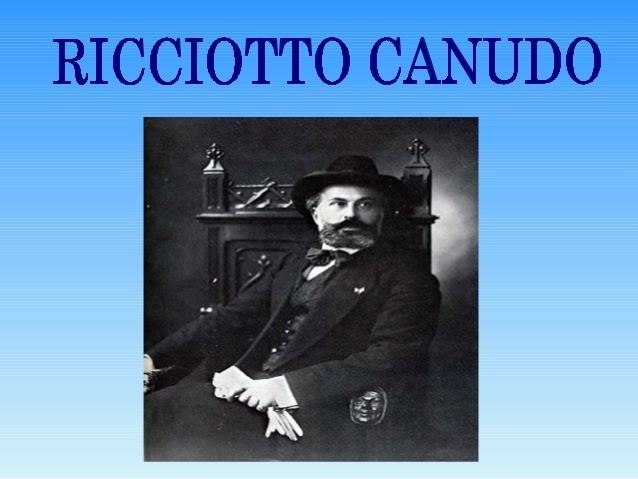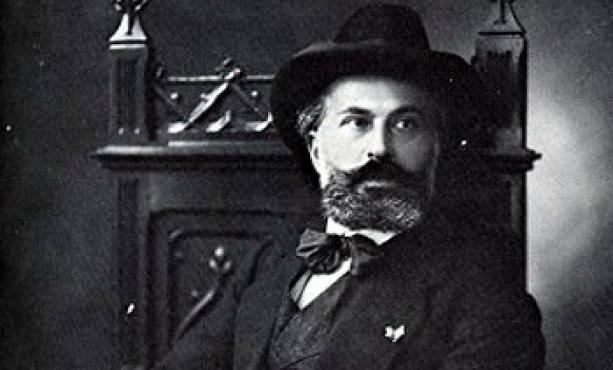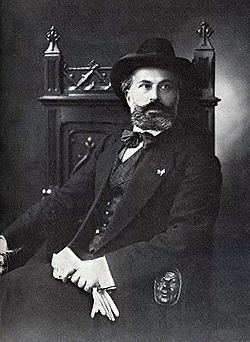Name Ricciotto Canudo | ||
 | ||
Guglielmo scilla 10 regole per fare innamorare liceo scientifico ricciotto canudo
Ricciotto Canudo ([kanydo]; 2 January 1877, Gioia del Colle – 10 November 1923, Paris) was an early Italian film theoretician who lived primarily in France. He saw cinema as "plastic art in motion". He gave cinema the label "the Seventh Art", which is still current in French and Spanish, among others.
Contents
- Guglielmo scilla 10 regole per fare innamorare liceo scientifico ricciotto canudo
- Iiss ricciotto canudo video realizzato da isanna maldarizzi
- Work
- Other writings
- References

Iiss ricciotto canudo video realizzato da isanna maldarizzi
Work

In his manifesto The Birth of the Sixth Art, published in 1911, Canudo argued that cinema was a new art, "a superb conciliation of the Rhythms of Space (the Plastic Arts) and the Rhythms of Time (Music and Poetry)", a synthesis of the five ancient arts: architecture, sculpture, painting, music, and poetry (cf. Hegel's Lectures on Aesthetics).

During 1913-1914, he published a bimonthly avant-garde magazine entitled Montjoie!, organe de l'impérialisme artistique Francais. Participating artists included Guillaume Apollinaire, Maurice Raynal, Albert Gleizes and Joseph Csaky. The magazine paid special attention to poetry, prose, articles on art, literature, music and history. The contributors included André Salmon, Igor Stravinsky, Erik Satie, Fernand Léger, Guillaume Apollinaire, Blaise Cendrars, Alfredo Casella, Raoul Dufy, Stefan Zweig, Robert Delaunay, Max Jacob, and Emile Verhaeren.

The first issue was published on 10 February 1913 (?). The second included and essay signed by Igor Stravinsky presenting his new ballet The Rite of Spring as a religious work of faith grounded in a pagan, pantheistic conception. A special issue in the second volume of Montjolie, published March 18, 1914, was devoted entirely to the 30th Salon des Indépendants. The article written by André Salmon included photographs of works by Joseph Csaky, Robert Delaunay, Marc Chagall, Alice Bailly, Jacques Villon, Sonia Delaunay, André Lhote, Roger de La Fresnaye, Moise Kisling, Ossip Zadkine, Lucien Laforge and Valentine de Saint-Point. Publication of the magazine stopped in June 1914, on the eve of the First World War.
Canudo later added dance as a sixth precursor, a third rhythmic art with music and poetry, making cinema the seventh art. In Paris, he established an avant-garde magazine Le Gazette de sept arts in 1920, and a film club, CASA (Club des amis du septième art), in 1921. His best-known essay "Reflections on the Seventh Art" ("Réflexions sur le septième art") was published in 1923 after a number of earlier drafts, all published in Italy or France.
